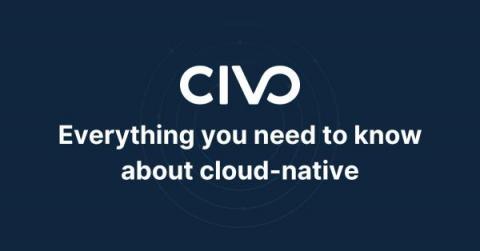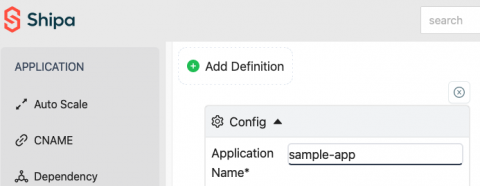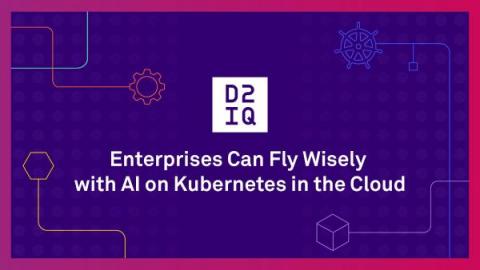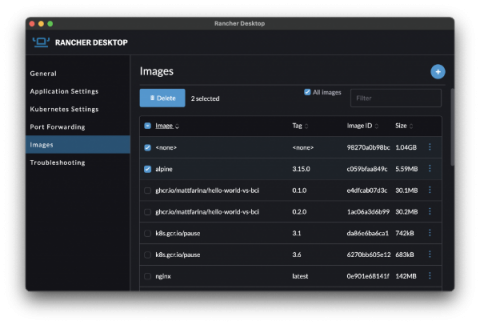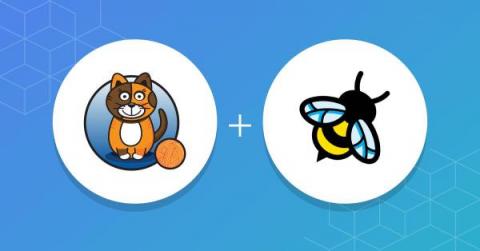Monitoring and Troubleshooting Containerized Applications with Lumigo
Modern applications are designed to leverage cloud native technologies like serverless and containers to run at an unprecedented scale, moving the focus away from machines to the actual service. Lumigo’s observability platform was purpose-built for these evolving cloud environments, and we’ve been delivering the most advanced automated distributed tracing for serverless applications since 2019.



